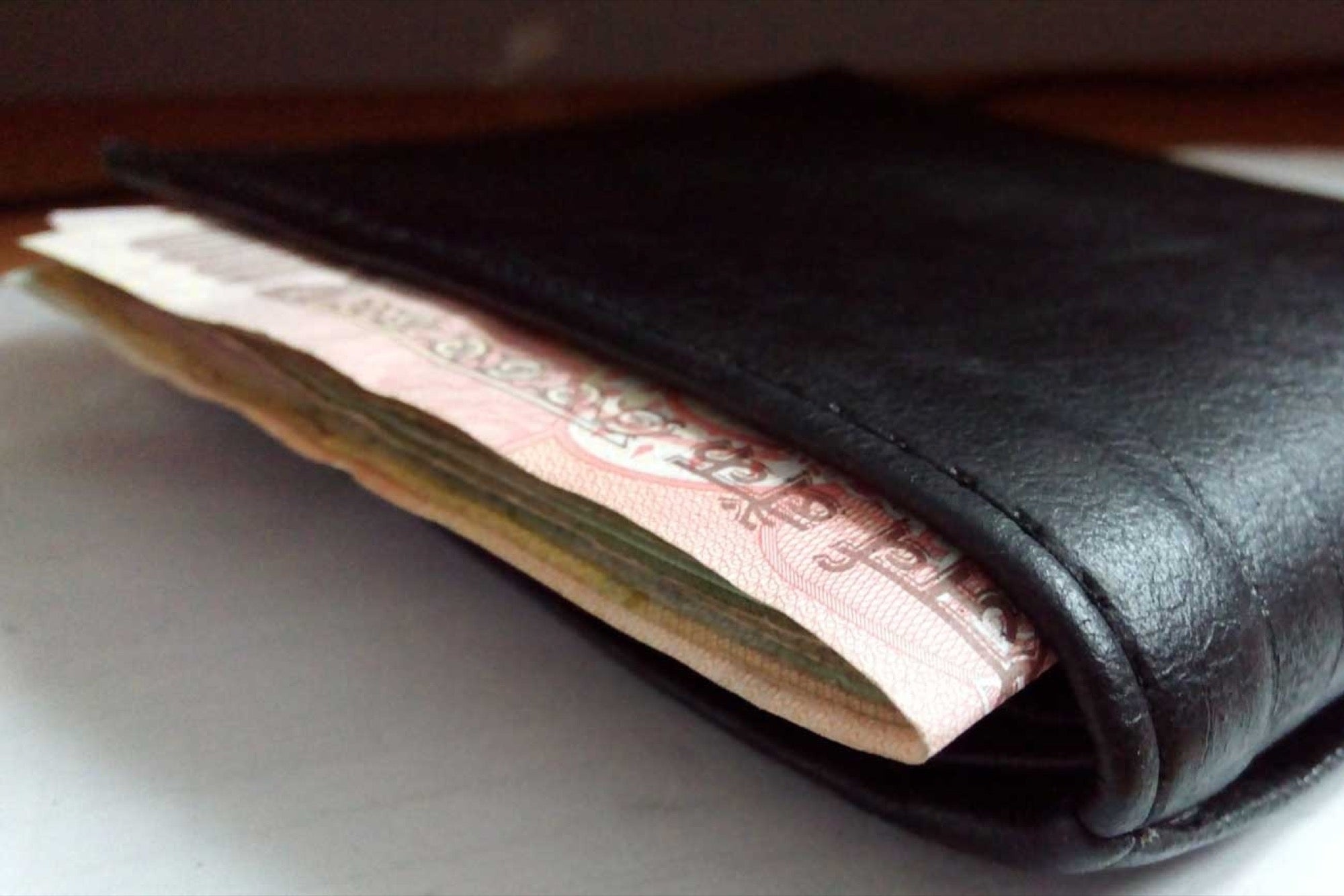Is it 'Depreciation' for Exporters? The rupee depreciation will now balance the western market demand in India and China.
Opinions expressed by Entrepreneur contributors are their own.
You're reading Entrepreneur India, an international franchise of Entrepreneur Media.

The Reserve Bank of India (RBI) may keep the rupee at the current level so that the government can pass on the advantage to Indian exporters. Continuous fall of Chinese Yuan could have been an opportunity for Chinese exports if rupee did not depreciate at the same time. The rupee depreciation will now balance the western market demand in India and China.
The situation is Yuan may weaken further over next 12 months as Chinese policymakers are ramping up efforts to support the economy through further stimulus. Indian exporters may not face any repercussion from Chinese currency devaluation because rupee is simultaneously falling. Indian exporters are unlikely to witness increase in their profit margin due to the rupee fall. Moreover, the demand in the overseas market is sluggish and buyers also have China as an option.
Rupee volatility: a concern
Industry experts believe that the investment climate in India is improving vis-a-vis the government's focus on the ease of doing business. India is going to become a major investment hub as international investors moving in search of potential growth partners. There is no need to worry as India's economic resilience has strengthened during the recent times on account of factors, such as improving FDI inflows and forex reserves, reducing current account deficit and declining trade balance due to fall in commodity prices, favourable inflationary scenario and several measures undertaken to boost investment sentiments in the economy.
RK Gupta, Executive Director, Bank of Maharashtra, says, "The rupee depreciation is good for India because Chinese Yuan is devaluating. China is an export-oriented economy. The devaluation of their currency will push exports and growth in China. Currently, Indian currency is also devaluating so it will not impact exporters. It will balance the situation.
The reason for rupee fall is the lack of credit pick up. Although usually rupee depreciation helps in increasing exports output and generating potential employment, the current situation may not provide such benefits to exporters," says Gupta. "Moreover, corporate investment is less but there is a huge potential of investment in the country. Many companies have the capacity but it is not well-utilised.
The demand will not shift to China due to Yuan depreciation. India will not face any difficult to maintain its exports growth," he further says. "Such high volatility will not add competitiveness to exports as this exchange rate being volatile cannot be factored into prices, though it may increase the hedging cost for exporters. Only miniscule exporters, who have not hedged their risk and received their payment, may get windfall gain," says SC Ralhan, President, Federation of Indian Exporters' Organisation.
Recently, Raghuram Rajan, Governor, RBI, said, "The unnatural movements in other currencies do certainly impinge on us, and we would not want to take the route of making ourselves a less attractive destination for investments, which would be one quick and sure way of depreciating our own exchange rate."
Keep it under control
However, the industry expects that the negative Wholesale Price Index (WPI) inflation numbers, which currently was registered at (–)4 per cent in July 2015, are expected to improve export competitiveness to further add to the expectation that rupee will enter into comfortable trajectory in the coming times.
There are certain concerns that need to be addressed to keep the value of rupee under control. Exports growth has been negative in the past few months and was registered at (–)10.3 per cent in July 2015. Thus, efforts are required to support export infrastructure and reduce transportation costs.
Rafeeque Ahmed, Chairperson, Farida Group, says, "It seems that India's exports growth will be in difficult position in next six months. The world economy is not picking up. The exporters need to fight it. The demand is slow in the western market. The problem with current rupee depreciation is that it will not convert into profit."
Vinnie Mehta, Director General, Auto Component Manufacturers' Association (ACMA), says, "Fluidity in exchange rates is a matter of concern, and until a stable equilibrium is reached, it is a wait and watch situation." The variation in the value of rupee against the US dollar in recent months has been due to supply-demand imbalance in the foreign exchange market, and the general appreciation of US dollar globally. The rupee is currently hovering at Rs 66 to a dollar.
(This article first appeared in the Indian edition of Entrepreneur magazine (October, 2015 Issue).










